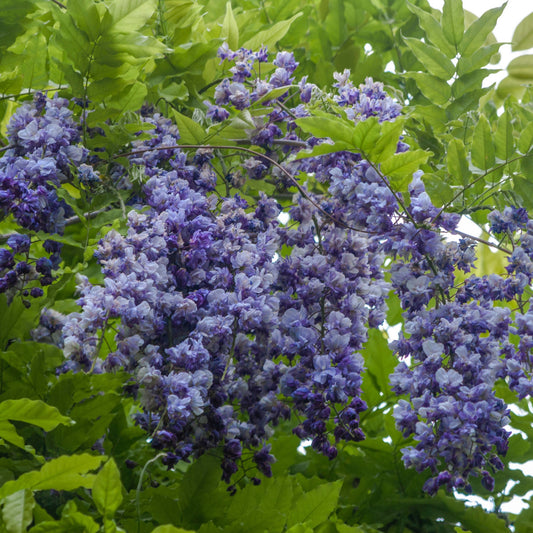
Bye-Bye, Buzz! Best Plants to Repel Mosquitoes
Don't let mosquitoes spoil your time outdoors anymore. See how certain plants can become your best allies for a more comfortable, insect-free yard.
Flyer Specials May 29 to June 4, 2025
See specials-

Lilium orientalis ROSELILY® Sara – ROSELILY® Sara Oriental Lily
View the productRegular price 15.97$Sale price 15.97$ Regular priceUnit price / per0.00$ -

Mosquito-Repelling Plant Selection
View the productRegular price 9.77$Sale price 9.77$ Regular priceUnit price / per -

Symphoricarpos doorenbosii 'Pink Posy' – Snowberry 'Pink Posy'
View the productRegular price 19.97$Sale price 19.97$ Regular priceUnit price / per -

Rosa PEACH LEMONADE® – PEACH LEMONADE® Rose
View the productRegular price 19.97$Sale price 19.97$ Regular priceUnit price / per -

Selection of large-format vegetable plants ready to produce - Sème-Saveurs
View the productRegular price 9.77$Sale price 9.77$ Regular priceUnit price / per0.00$ -
 On sale
On saleSpiraea x 'Vanhouttei' - Vanhoutte Spirea
View the productRegular price 9.97$Sale price 9.97$ Regular priceUnit price / per21.99$On sale -

Assorted Fresh Herbs Sème-Saveurs
View the productRegular price 9.77$Sale price 9.77$ Regular priceUnit price / per0.00$ -

Pelargonium graveolens 'Citrosa' - Citrosa Scented Geranium
View the productRegular price 9.77$Sale price 9.77$ Regular priceUnit price / per -

Mentha x piperita - Peppermint
View the productRegular price 9.77$Sale price 9.77$ Regular priceUnit price / per0.00$ -

Hydrangea macrophylla KIMONO™ – 'Kimono' Hydrangea
View the productRegular price 29.97$Sale price 29.97$ Regular priceUnit price / per0.00$ -

Wisteria 'Blue Moon'
View the productRegular price 23.97$Sale price 23.97$ Regular priceUnit price / per0.00$

Read our articles

How to Choose the Perfect Perennials for Your Garden
Perennials: the beating heart of a successful garden. Year after year, they return to beautify our spaces with their flowers and foliage, representing a wise and lasting investment for any passionate gardener. That's why we've prepared this guide to help you select the perennials that will transform your yard, balcony, or patio into a true haven of peace, suited to our climate.
-

Give Your Plants a Head Start: The Importance o...
Know moreEnsure your new plants thrive from day one! This guide reveals the importance of transplant fertilizer for robust root growth and stress reduction, with tips on application and natural solutions...
-

Design your Container - The Art of Creating Spe...
Know morePotted arrangements of annual flowers are a wonderful way to add a touch of color and life to your patios, balconies, and entryways. One word sums up the design of...
-

Plan and maintain your vegetable garden
Know moreThere are trends that come and go, and the vegetable garden is no exception. Vegetable growing is making a comeback, extending to berries, herbs, and even edible flowers. But before...


















